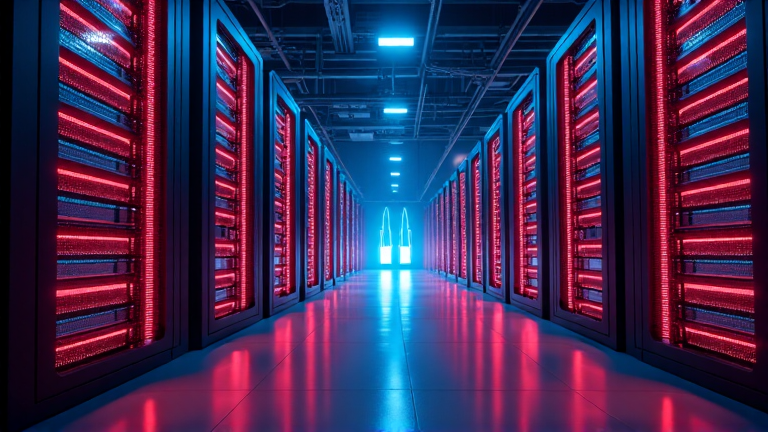
Tesla & XAI: Accelerating the AI Revolution
On the horizon of technology, Tesla and XAI are rewriting the narrative of AI dominance with a groundbreaking pace in data center construction and computational capability. By leveraging innovative strategies that echo the rapid advances seen at SpaceX—with its reusable Falcon 9 and Starship technologies—Tesla and XAI are setting the stage for an unprecedented era of AI evolution.
Unmatched Data Center Construction
Tesla and XAI have made headlines by building data centers 4 to 10 times faster than industry giants like Microsoft, Google, and Meta. This dramatic speed is not just about rapid assembly; it is a clear indicator of a robust, defensible technology advantage. Key points include:
- Rapid Build Speed: Utilizing techniques inspired by the scaling power of SpaceX’s technologies and Starlink’s expansive satellite network, Tesla and XAI are redefining what it means to build at scale.
- Scale & Efficiency: With Starlink boasting more than 10 times the satellites of its competitors, Tesla and XAI are able to maintain a competitive edge, ensuring their data centers can handle far more compute power than traditional setups.
Revolutionary Computational Power
Tesla and XAI are not just building infrastructure faster—they are packing it with massive compute power. Reports indicate that each facility houses between 85,000 and 200,000 coherent shared memory GPUs, dwarfing competitors who struggle to reach a mere 30,000 GPUs. In the next 90 days, XAI plans to double its power capacity using fifteen gas turbines, setting the stage for an installation of 200,000 Nvidia B200s and a network capable of running 400,000 chips.
The AI Training Leap
In one visionary push, Tesla and XAI are aiming to streamline AI development. Their strategy involves:
- Doubling the power to support unprecedented training cycles for models like Grok 3.
- Achieving a computational leap where a single month’s compute power will match that of a year’s worth of traditional processing.
By the end of the year, the target is to deploy one million chips, each with 5X the compute power, effectively transforming one week of compute capability to equal a full year from a 100,000 H100 cluster.
The Ultimate AI Flywheel
The true genius of this initiative lies in its recursive methodology—enhancing AI to develop better data centers and hardware, which in turn facilitates even more advanced AI. This self-amplifying cycle, or "AI Industrial Flywheel," is expected to drive dramatic improvements in real-world applications such as Tesla’s robotaxi technology and Teslabot systems.
Industry experts predict that these innovations will not just revolutionize the tech landscape but will also boost Tesla's market valuation significantly, with projections of a 10X share increase by 2027 and another leap by 2029-2030.
Looking Forward
Tesla and XAI’s strategy marks a turning point in AI development. The seamless integration of hardware, data center construction, and iterative AI improvement paints a picture of a future where technology not only adapts but accelerates its own evolution in a loop of ever-increasing performance.
This future-driven approach is poised to redefine industry standards and set a high bar for what can be achieved when speed, scale, and innovation collide.
Note: This publication was rewritten using AI. The content was based on the original source linked above.